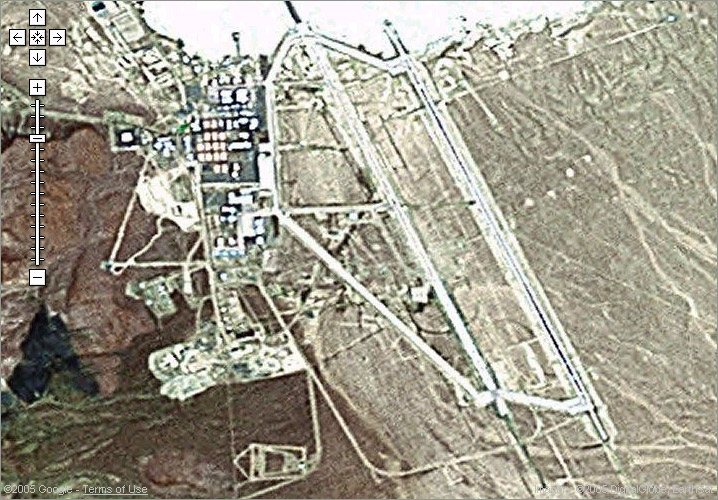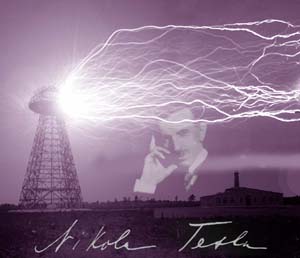For the concept as used in programming computers to play chess, see Chess opening book (computers).
A chess opening book is a book on chess openings. Opening books, which discuss chess openings, are by far the most common type of literature on chess. These describe many major lines, like the Sicilian Defence, Ruy Lopez, and Queen's Gambit,[1] as well many minor variations of the main lines.[2]reference:
https://sites.google.com/site/chess2u/Opening-Chess-Book
How to create an Opening Chess Book?
Here are some of the best advise that we can found on the net
To Create a .ctg Book by Mark Mason
1. Start with a database of games that you want to use to make your book.
2. Create a new book in Fritz by selecting FILE/NEW/OPENINGS BOOK - call it anything you like.
3. Open your new book by selecting FILE/OPEN/OPENINGS BOOK and selecting the new book you created earlier.
4. Now import the games from your database by selecting EDIT/OPENINGS BOOK/IMPORT GAMES and navigating to your database.
5. There is a dialogue box which you need to tick against. "Games" is the number of games you want to import. Default is all games are selected so leave this. "Length" is how deep the lines will be in the book. Choosing "ECO-relative" plus a number will make the main line variations longer than the oddball side variations. If you pick "Absolute length" and a number, it will make all the variations the length you chose, regardless of whether the variation is a main line or side line - so book will be deeper. "Include variations" is important if some of the games from your database contain commentary in the form of sub-variations, but can be left un-ticked
.6. When you're finished with these settings, click "OK". You'll see a progress bar appear, keeping you posted as to how close Fritz has come to completing the, you'll see a menu of moves where the empty book had been and a small window saying "x new positions" (this tells you how many positions total are in the new tree). Click OK, and you're finished.To manually edit the bookif you have the little booklet that came with Fritz 9 then in sections 5.6 and all of section 11 give details. Also there is a manual on the Fritz 9 DVD . Pages 49 to 54 give some instructions to have a look at. Meanwhile here is a brief pointer:Go into Fritz and do File/Open/Openings Book and select the book you want to edit. Then select the Openings Book tab on right hand side of screen. Basically you can eithera) add a new move to the book, To do this right click somewhere in that book area (not on a move just in empty space) and tick Allow Move Adding. then when you play back through a game and want to add new line, just make the move on the actual board and then select new main line from the options. This will then have added the move to the book.b) change the 'weighting' of an existing move making it more/less likely to be chosen. This is shown in the Prob / % column. To change it right click on the actual move itself and do change weight. The value is from -125 (very unlikely to be picked) to +125 (very likely to be picked). You can change these manually to any value. Actually this is what the automatic book learning does based on whether games are won or lost - but this is how you do it manually.c) or mark moves either red (means they won't be played ever) or green (mean they will be picked, with a probablility given by the % column). To make a move red right click on it and select Don't play in tournamentTo make a move green right click on it and select Main Move. You might want to make a move red if you find that at some point in the book line you had a negative evaluation and therefore you can mark that move red so it won't be played again.There is a lot more to it than this but this should give you enough to start creating and editing your book. I hope this helps you.Mark
Here is some stadist for both color
Good Openings for White:
1e4 – this move will win more than other openings, but it will loose more too
1d4 – difficult to get advantage when black plays correctly
1c4 – similar to 1d4
1Nf3 – similar to 1d4
Good Opening for Black after 1e4:
Sicilian
French
Petroff
Ruy Lopez
Good Opening for Black after 1d4:
KingIndian
QueenIndian
Nimzo
QueenGambit
Slav Defence
Bad Openings for Black after e4:
Pirc Defence
Bad Openings for Black after 1d4:
Volga/Benko – I tried with different engines and white was winning most games
After 1e4 c5 2c3:
2...d5 is not good
2...Nf6 is better
By the way 1e4 c5 2c3 is the only variant played by some players on Playchess.com
B66 good for black
D16 good for white
E04 good for white and black

























 Download With DAP
Download With DAP